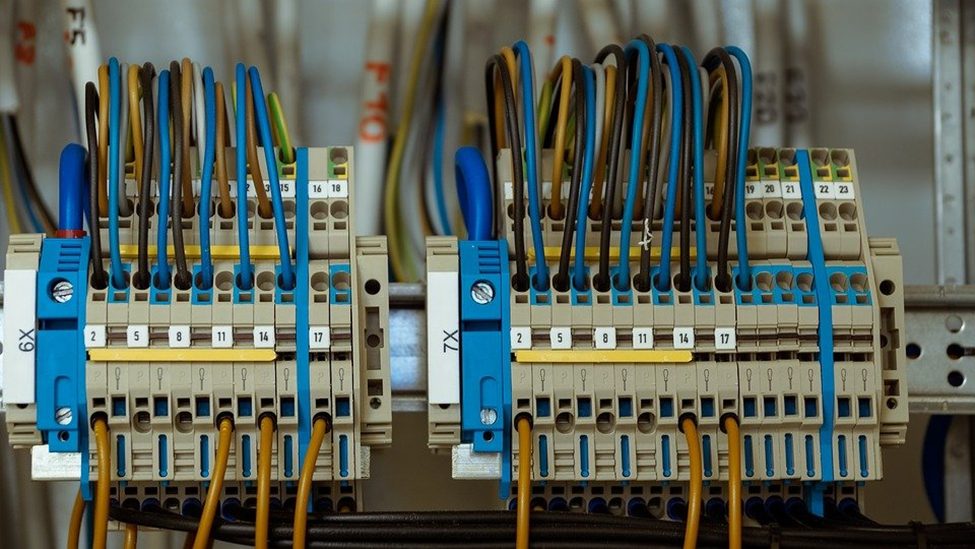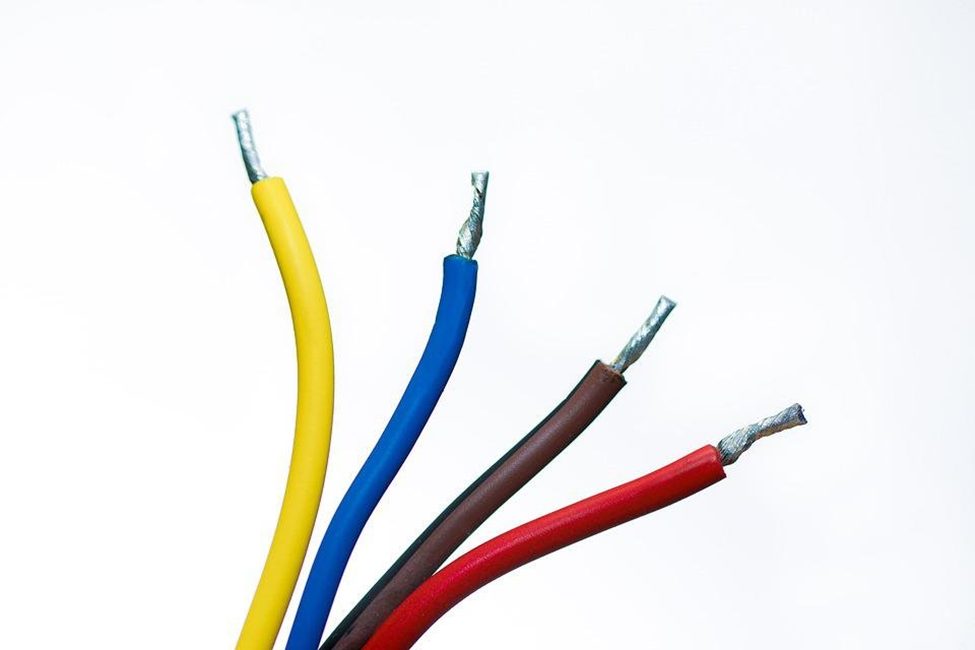What Size Wire for a 150 Foot Run (Guide)

Whenever you plan to build out the electric foundation for any project, one of the first things you need to decide on is the wiring. The planning you need to do for wiring can be a bit tricky.
In this article, we will be sharing with you all the information you need for a 150-foot wiring run. This will include information on not only the wiring itself but also all the other components that you may need to buy.
The wire you choose will be at least a 6/3 AWG UF-B supporting 50-60 amps to power your entire room’s needs. For heavy electrical equipment, we suggest going for wiring of 8-10 AWG rating with fixtures powered using 14-16 AWG. Choosing the right wire size is important so you neither have overloads nor insufficient power delivery.

Choosing the Recommended Wire Size
Considering that it is a 150-foot run, we can assume that it is for a single room or an independent structure like a detached garage or shed. Of course, the way you use the space will bring variations to the wiring you need to choose as well. If you intend to install lighting and some basic work equipment such as a table saw, grinder, etc., then you need to have a system that can support at least 20 amps. This would be sufficient to run all your equipment while also having lights and fans turned on. (1)
The wires you will need to use must be at least 10 wire gauges. The commonly used wire for this is the 10-2 AWG UF-B. Pairing this electrical wire with the right breaker is also important and you should ensure that it is one that can take on the load but also trips when additional current flows through. Naturally, the right choice would be to choose a 20 amp breaker.
This combination should work since 10/2 AWG cable wire sizes are typically rated for up to 20 amps of current. Keep in mind that running a tool as a table saw would consume around 15 amps while the lights would consume a couple more.
Creating a Diagram for 150 Foot Run
Planning is extremely important when doing a wire run. You must come up with a good diagram, preferably 3D to visualize all the outlets you are going to install and ensure you run the wires efficiently. Include all the units and measurements in the drawing as well, especially if you are using a less common voltage like 240v.
If you are using heavier appliances, you will likely need to increase your amperage. 50-60 amps should do the job for most people and the wire gauge you should choose to pair with a 50-60 amp breaker should be 6. The 6/3 AWG UF-B wire is a commonly used option for such projects.
Other Tips
Some other things that you should keep in mind when deciding upon the wiring you choose include the following:
- Ensure that the electrical wire you get is of good quality. Copper wire is the best option, but you can also consider aluminum wire or a copper aluminum mixture in some cases.
- The breaker should also be from a reliable manufacturer with some proof of testing available.

What Happens If You Choose a Bigger Wire?
Generally, it is preferred to go for a larger wire when unsure about your needs. Not getting large enough cable wire sizes can cause problems, especially when using them at peak capacity. For times when you may suddenly need to increase your consumption, you may end up with breaker trips and other issues. Therefore, going a tad bigger than what you need can be of benefit to you. Going too big is not smart, though, as the performance difference would be negligible and you will only be spending extra money. (2)
What Happens If You Choose a Smaller Wire?
This is something you must avoid at all costs. Not having a large enough wire can lead to all sorts of problems, including burnt wiring, potential damage to your devices and outlets, and even fires in some cases. Current flow heats up wires and if they are not rated for the power you are getting out of them, it can cause accidents quite easily.
Wrapping Up
The biggest priority when considering what size wire for a 150-foot run is safety. After that, you should also consider your power needs and get a wire and breaker set that meets those requirements while also being compatible with each other.
Take a look at some of our related articles below.
- What size wire for 30 amps 200 feet
- Where to find thick copper wire for scrap
- How to wire a 220 well pressure switch
References
(1) basic work equipment – https://www.britannica.com/technology/simple-machine
(2) extra money – https://www.fool.com/investing/how-to-invest/what-to-do-with-extra-money/
